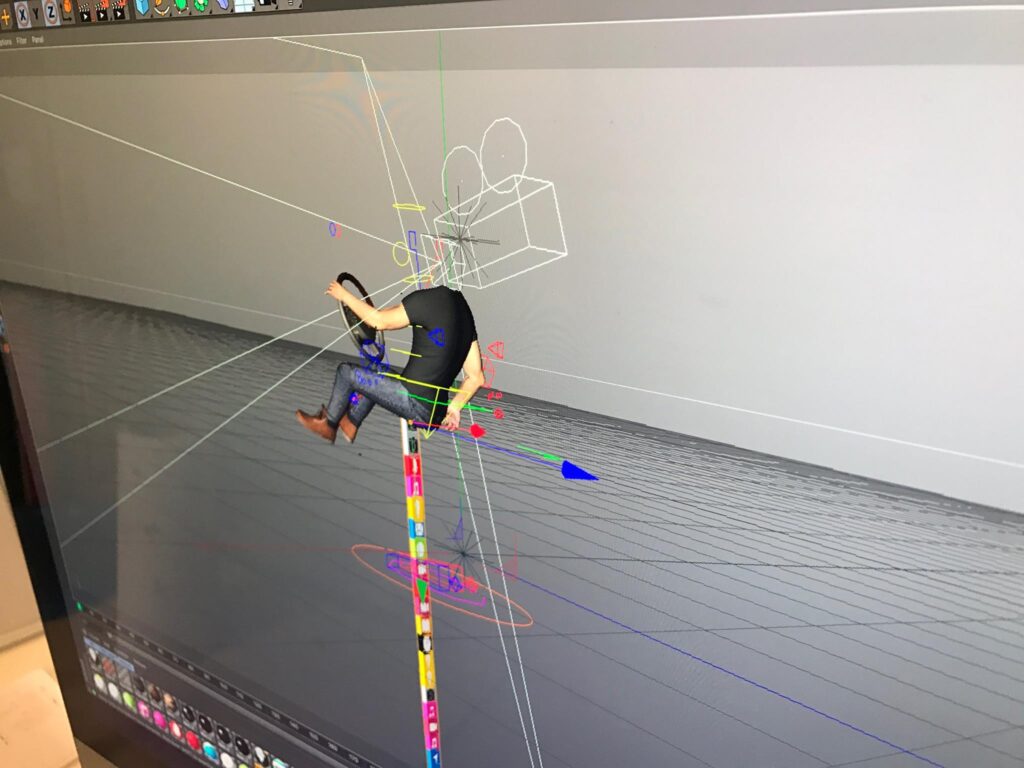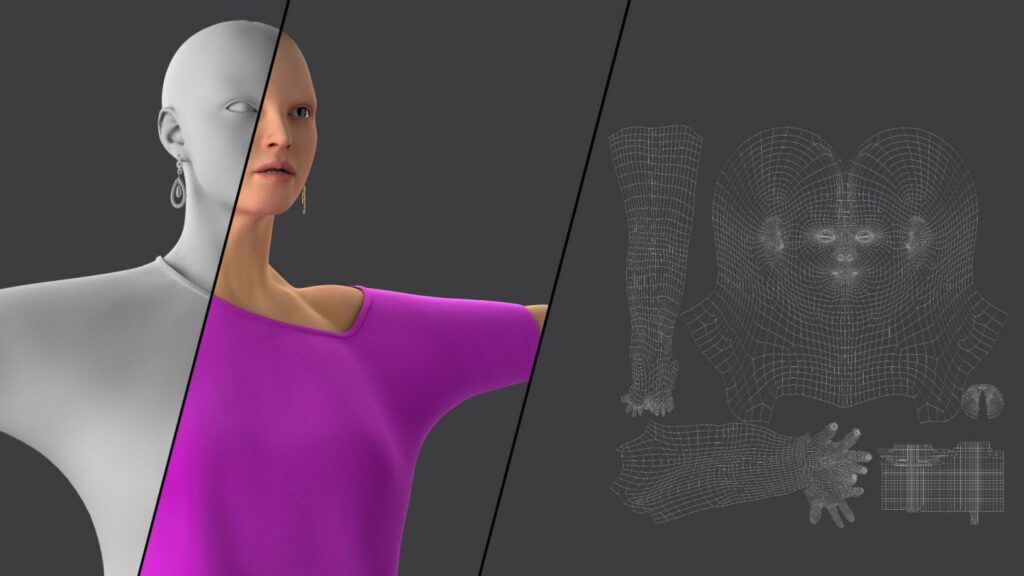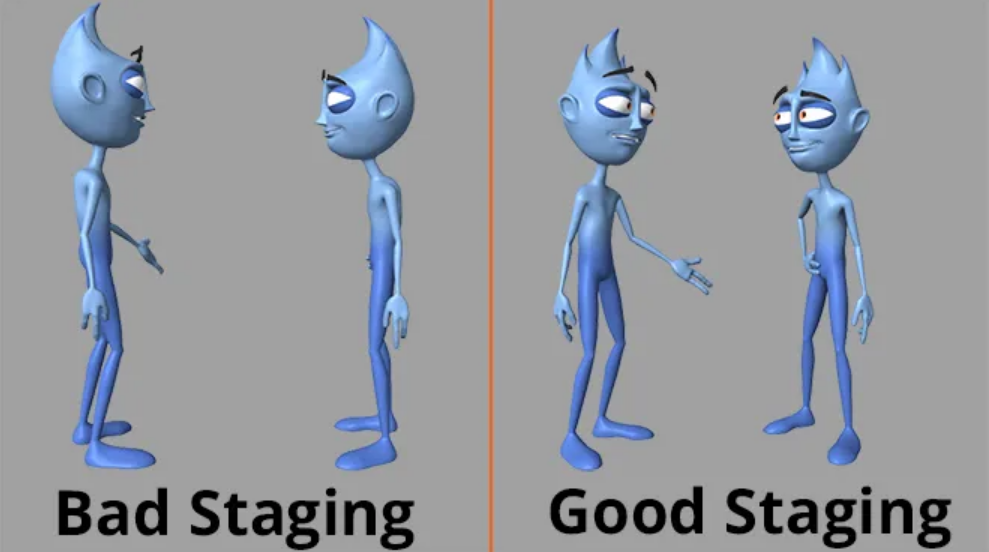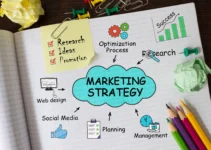Following flat illustrations, 3D animation burst into design trends. It began to appear on more and more platforms, take different forms and develop rapidly. The moment has come when it ceased to be only decoration, but began to add interactivity to the pages, to interact with the user.
The process of a 3D animation creation is complex and can be a lot more complicated than any other forms of animation. To create modern 3D animation, you need to learn how to create a digital model of the character, master the detailed sculpting and create a virtual skeleton. In this regard, you may be interested in creative professionals and enthusiasts who are masters of art and animation, in this case this animation studio can carry out unique projects that will serve your business’s needs. Learn more here. Based on the research data, various industries are rapidly adopting 3D animation, which is commonly known as visual effects, for creating visually enhanced imagery with the help of animation and computer graphics.
In this post, we have identified and illustrated the most common steps involved in producing a 3D animation project.
Step 1: Conceptualizing and Creating the Storyboard

Img source: kalaruudus.ee
The foundation of any great achievement is an idea. A sketch of a 3D character is an indicative plan, thanks to which you save yourself a waste of time and energy. Having a sketch makes it easier to understand how the 3D characters of the games will look, and to see the chain of actions required to translate them into practice.
Step 2: Modeling
Before our picture with objects and characters starts to move, we need to create these same 3D objects. As we have already said, objects are created on the basis of computer 3D models. A simple computer model is a 3D mesh made up of vertices, lines, and curves that shape the object. For a computer, such models are integral geometric shapes. The object becomes “alive” after the texture and color are applied to it.
What technologies are used in 3D character modeling? As with most 3D graphics programs, polygons and NURBS are preferred here. At the same time, polygonal modeling began to be used more often. The quality and clarity of rendering 3D characters is affected by the number of polygons: the more, the better. It is customary to select low poly (low poly) and high poly (high poly) varieties.
In character modeling for the film industry, high-poly models are preferable, that is, with a large number of polygons for optimal detail. However, their rendering can sometimes take several days. But for games, low-poly models are used, since the visualization of 3D characters is carried out directly during the gameplay.
Step 3: Texturing (overlaying textures and materials on a 3D model)

Img source: dreamfarmstudios.com
When texturing, the 3D modeler chooses materials and colors for the model. We agree that this process is an act of true art. When creating a 3D character, it becomes necessary to pre-prepare the UV-unfolding (texture unfolding).
What is it? In fact, we are talking about a 2D image that contains the surface of a 3D model of the characters. This unwrapping is essential for perfect and error-free texture mapping on the model.
At the next stage, textures are drawn with their subsequent binding to 3D character models. Modelers prepare a complete set of textures, including:
- bump map;
- bump map (displacement);
- transparency map (alpha);
- normal map;
- specular map;
- color.
The result is the creation of a ready-made image of a 3D character, where there is everything from detailed hair on the head to well-defined wrinkles on the face.
Step 4: Rigging (creating a virtual “skeleton”, a set of “bones” / “joints” for subsequent character animation)
Have you heard about skeletal animation? Most likely, you have at least a rough idea of what it is. Before the character begins to move, it is necessary to create a controllable skeleton, such as in humans and animals. The process of creating a skeleton is called rigging. After the skeleton is created, a 3D model (also called skin) is attached to the skeleton to prepare the character for animation.
Rigging is a technology for computer animation of 3D characters, where objects are depicted in two versions: a surface representation (mesh / skin) when creating a 3D character, which is used to draw a symbol, and a hierarchical collection of interconnected bones (rig / skeleton). The latter is used to animate (keyframe and pose) the mesh.
If you want to create 3D characters with more general features than a humanoid character, it is not necessary for the set of bones to be interconnected or hierarchical. It will be a higher description of the level of movement of the skin.
Step 5: Staging and Animation

Img source: georgedavisgamesdesignportfolio.wordpress.com
3D character animation is extremely important, isn’t it? After all, without it, your hero will not move and change shape. How is all this possible? In essence, animation is a quick display of a chain of static images that differ from each other in insignificant details. The main goal at this stage is to achieve the most realistic movement of the 3D characters. When the 3D characters are ready, they are placed in their respective scenes and set in motion using 3D animation software.
The initial animation may look unnatural because the animators first create the start and end poses of any movement. These poses are called keyframes. Lighting, camera work (choosing the angle and depth of the frame), effects and other details are added much later, when the final version of the animation, which we see on the screens, is made out.
This is where Keyframes comes to the rescue – animating 3D characters using key frames. You probably understood what this is about by the name. Here the designer must indicate the position of the 3D character in the first and last frames of movement, and the calculation of the remaining frames is entrusted to a special program. In practice, this technology looks simple, but when you need to create complex movements and achieve realistic 3D characters, you have to break your head.
Step 6: Rendering
The final stage of animation creation is rendering. The process includes finalizing the animation and getting the image. This stage requires close attention to detail, the final result depends on it.
This stage ends the main animation creation process, followed by post-production, when animators add special effects, music, voiceover and sound effects and synchronize them with the entire animation.
So, we have reviewed the 3D production pipeline, and the perfection at every stage of the process will turn out an animated video that will make an impeccable tool for meeting your marketing objectives.



